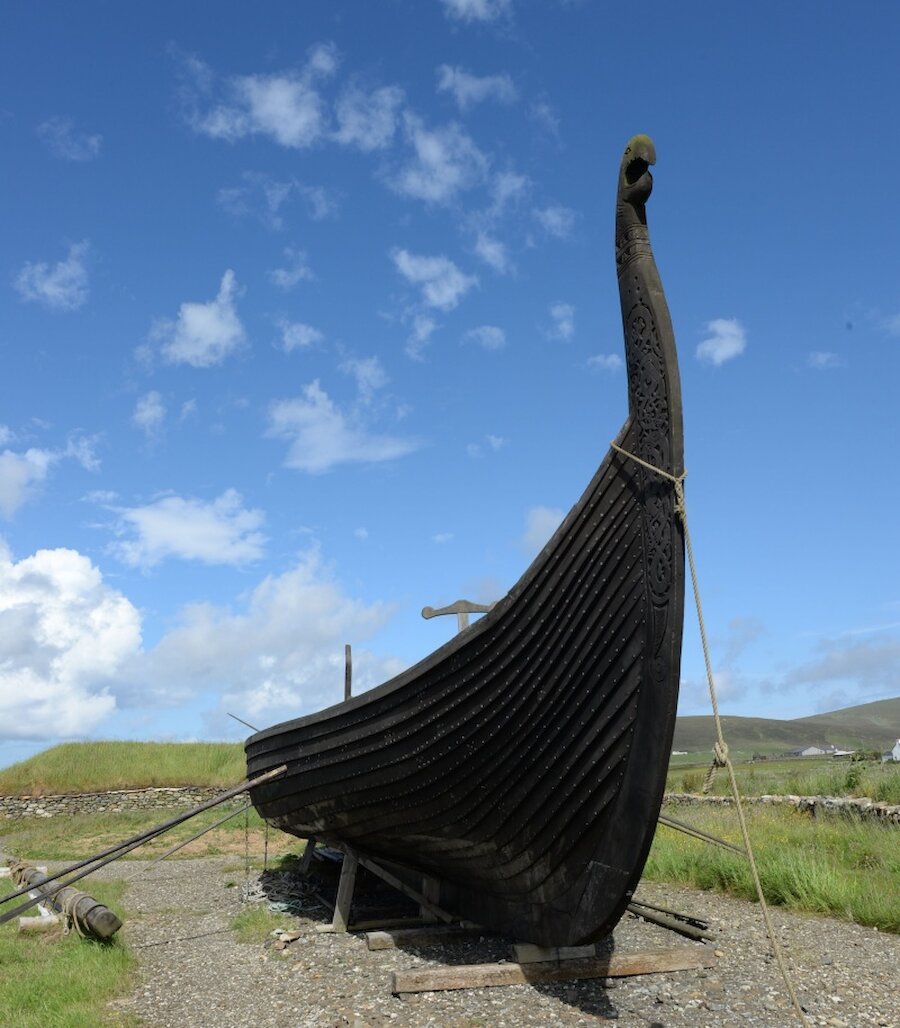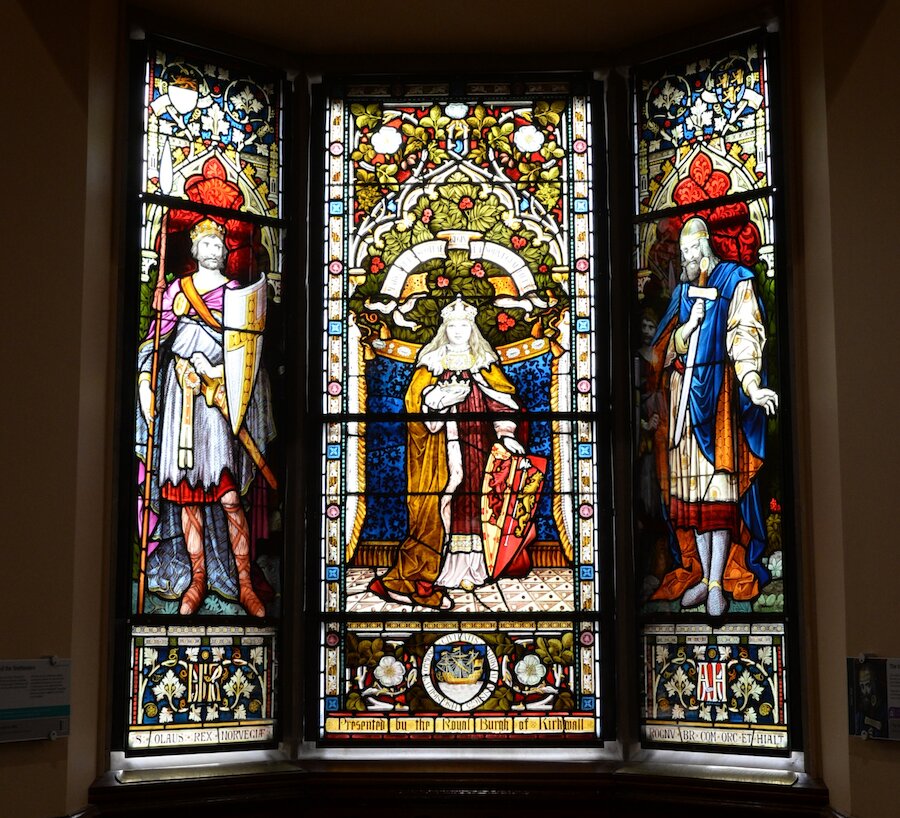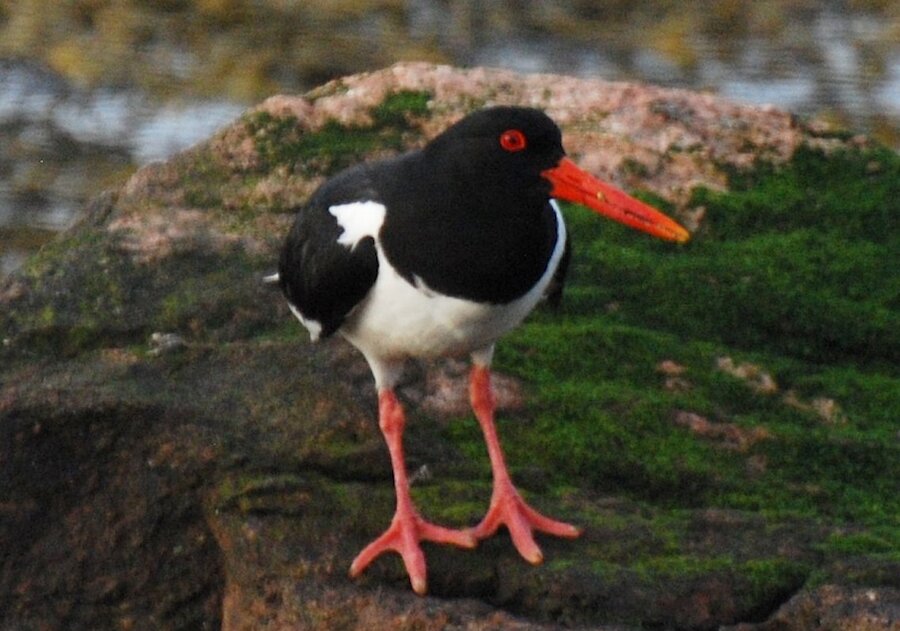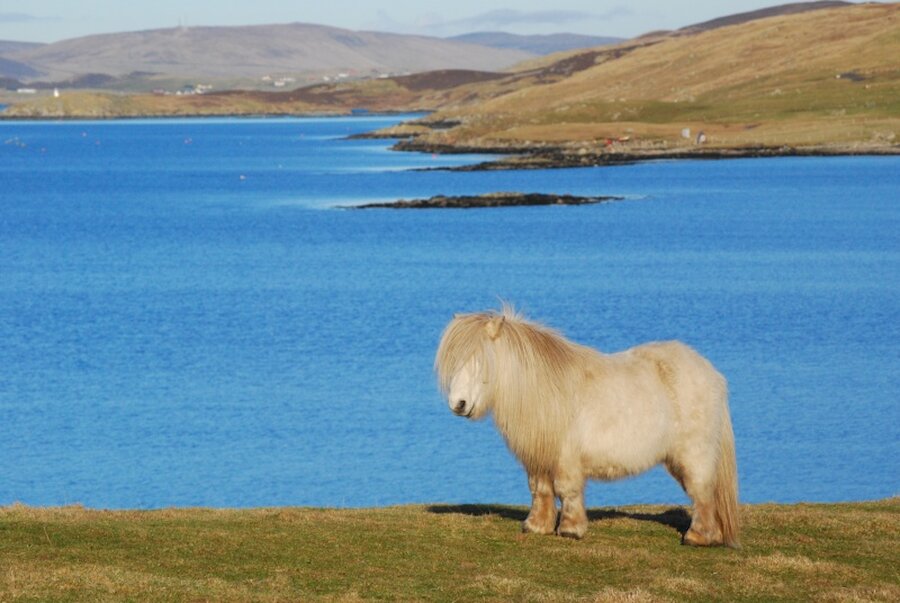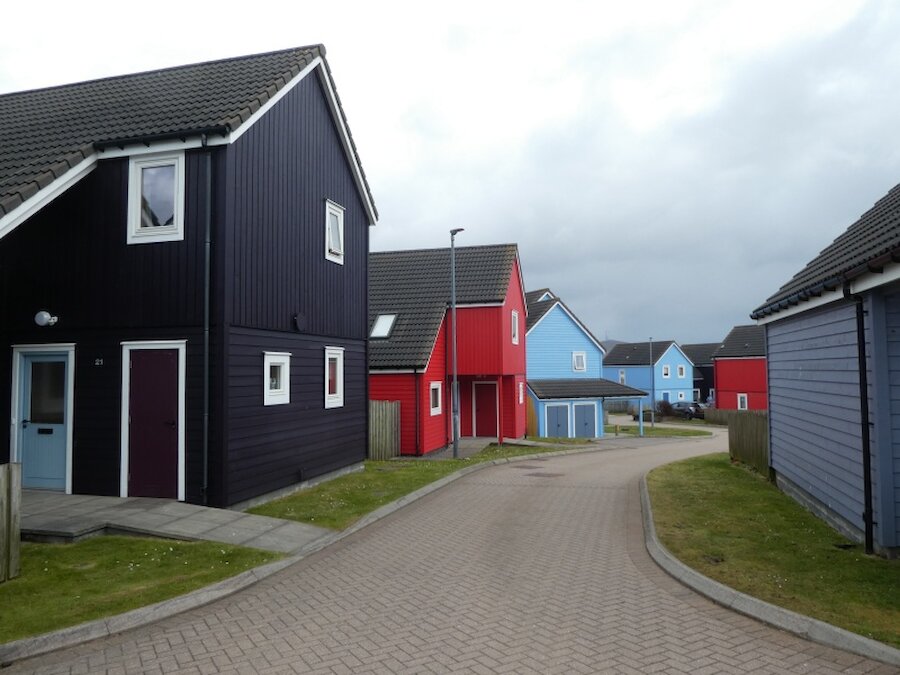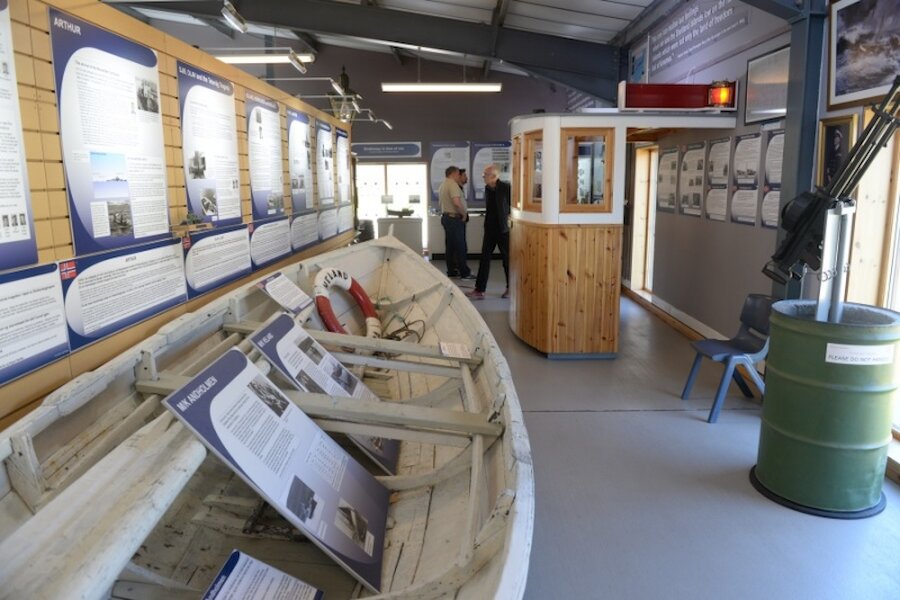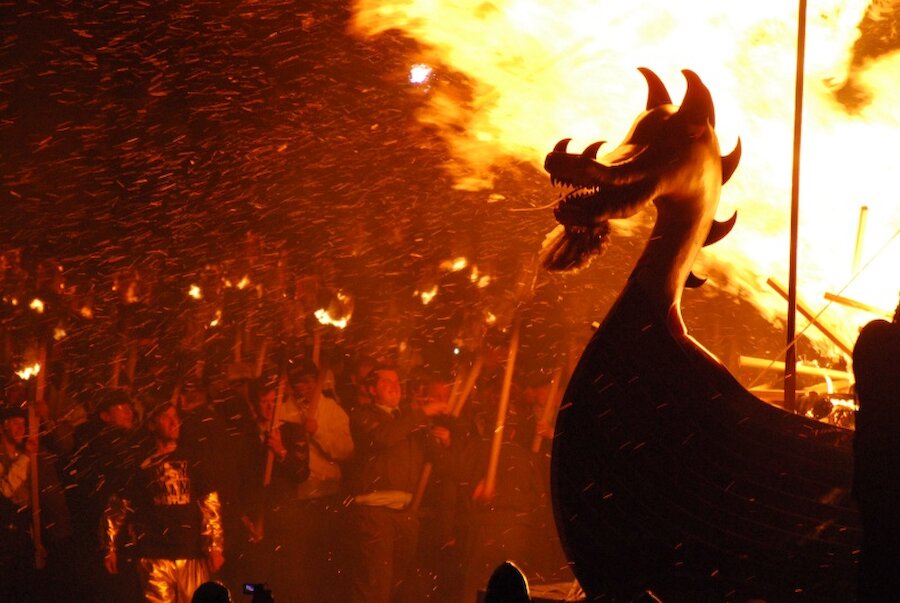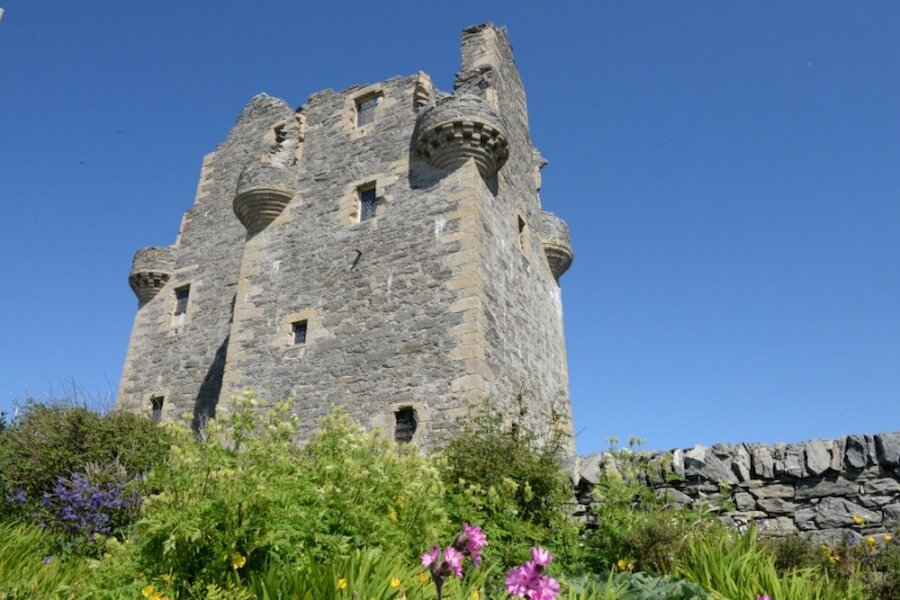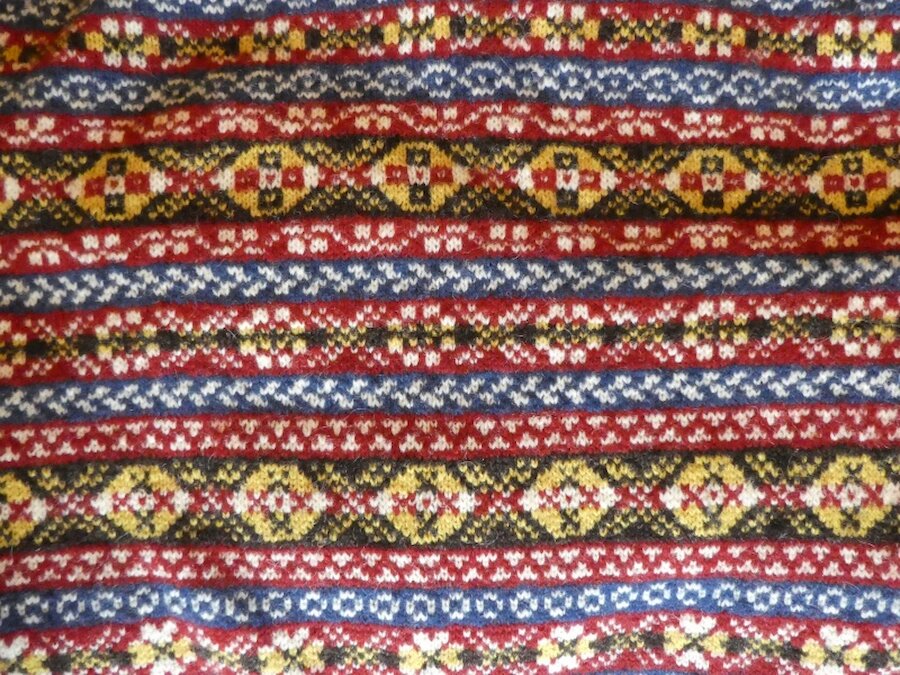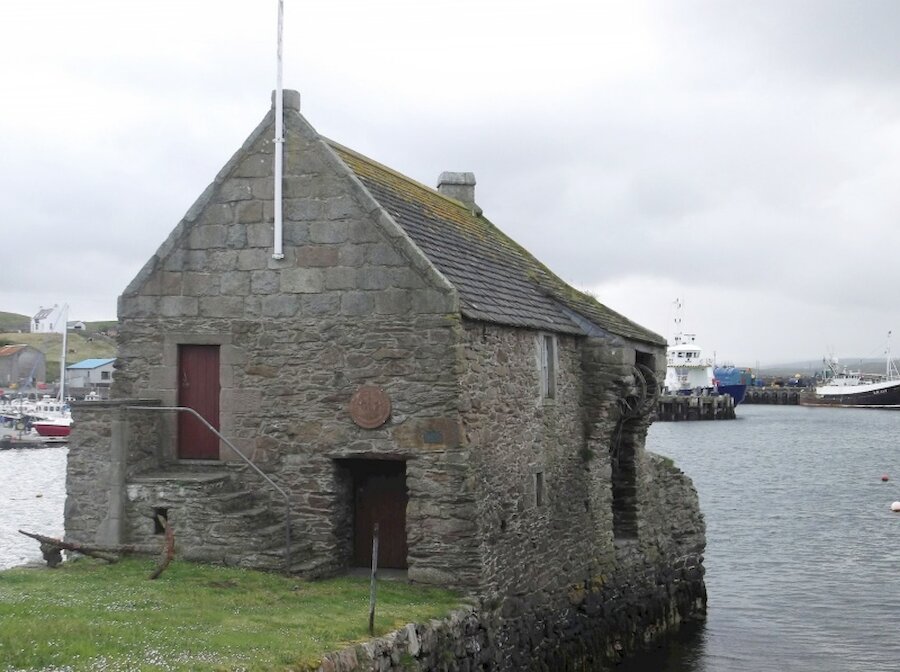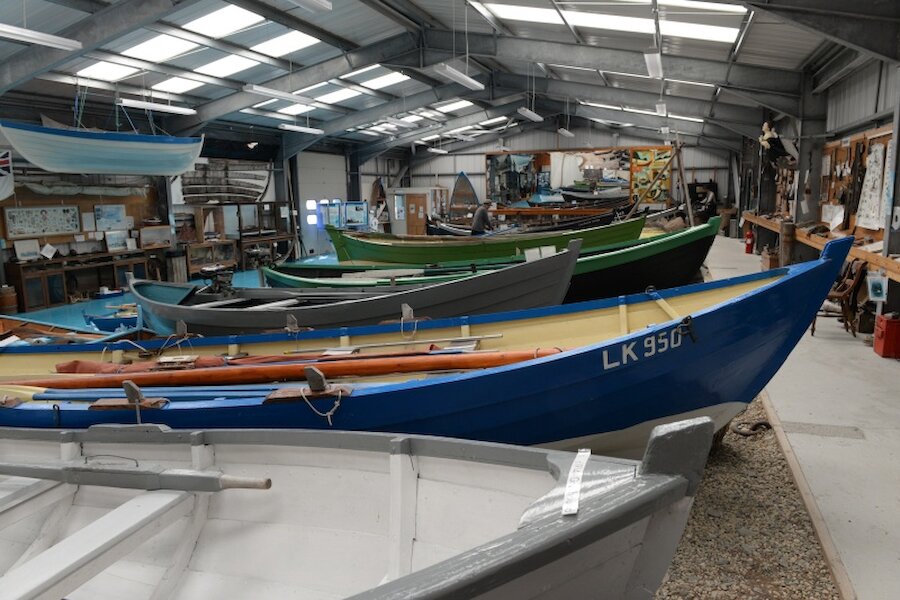A worldwide perspective
So, there are clear Scottish and Scandinavian components in Shetland’s identity. But it would be very misleading to suggest that those are the only ones.
For centuries, the islands have played host to many other peoples. Shetland is surrounded by prolific fishing grounds and trade in fish has long been part of Shetland life. Merchants involved in the Hanseatic League set up trading posts, indeed at least one of them settled permanently. Dutch fishermen used Bressay Sound as a summer anchorage and their presence led to the establishment of Lerwick.
In two world wars, Shetland’s strategic position required comprehensive defence, so thousands of military personnel were accommodated; again, some of them decided to stay. Much later, in the 1980s and 1990s, scores of fish factory ships from the Eastern Bloc occupied those same waters and Russian was routinely heard in the town.
Today, one of the striking things about the islands is the range of people who choose to settle here. Many people from other nations in the UK, and from other parts of the world, have moved here; my own small corner of Shetland is home to people from Australia, Canada, Ireland, France, Poland and the United States, among other places. Arabic, Bengali, Cantonese, Hungarian, Latvian, Mandarin, Polish, Russian, Spanish and Turkish are just some of the languages dealt with by the Council’s language line.
All of these new Shetlanders bring valued skills, experience and insights; and this traffic is not one-way. Shetland people have long been travellers, either for work or leisure, and have made their way in other parts of the UK or the world. The P&O shipping line was co-founded by Shetlander Arthur Anderson and young Shetland folk today may be working in Edinburgh, Glasgow, London, New York, Tokyo or Geneva.
And it was in Shetland that the Global Classroom was founded, forging links and organising exchanges between secondary schools in places as diverse as South Africa, the Czech Republic, Sweden, Japan and Germany. Shetland is nothing if not outward-looking.


